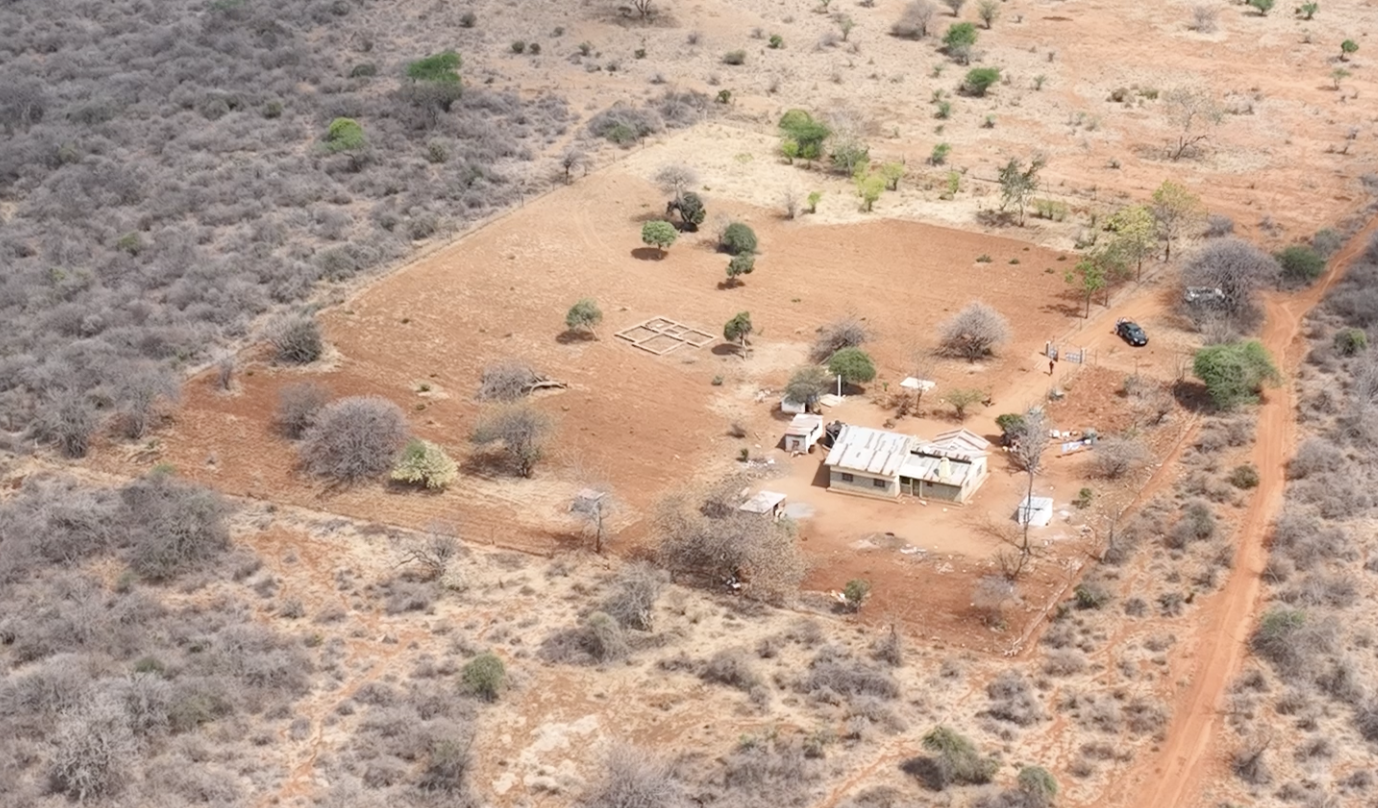
China’s Saihanba Forest Farm nominated for UN award
During the UN environment summit this year, China’s Saihanba Forest Farm was listed as one of the candidates for the UN Champion of the Earth Award.
Saihanba used to be a royal hunting ground over 300 years ago. But it was turned into a wasteland by deforestation, fires, and wars.
After decades of work, China has restored the area as woodland that helps protect Beijing from sandstorms.
More than 800 square kilometres, this is the world’s largest man-made forest.
Located in North China’s Hebei Province, it’s 180 kilometers north of Beijing.
Over 300 years ago, this area was one of the Qing dynasty’s imperial hunting grounds.
But because of excessive deforestation, overgrazing, and wars, the former primitive forest was turned to sand and desert.
“The altitude here is 1,400 meters, over 1,300 meters higher than Beijing. If the forest didn’t exist, Beijing would be severely affected by sand storms just like pouring sand into the backyard from a rooftop.” Wang Jianfeng, branch deputy director at Saihanba mechanized forest farm said.
To restore the local environment and blocking sand from hitting the country’s capital city, China founded Saihanba forest farm in 1962.
After 55 years of effort, the forest’s coverage rate at the farm has grown from to 80 percent from 11.4 percent. The total forest stock covers over 10 million (10,120,000) cubic meters. That’s large enough to fill over 4,500 Olympic standard swimming pools.
The man-made forest is able to absorb over 740-thousand (745,000) tons of carbon dioxide every year. It can release over 540-thousand (545,000) tons of oxygen, and trap 22 and a half (22.4) million tons of dust.
The effects of protecting against sand storms are becoming evident.
According to the national meteorological authorities, Beijing suffered on average 56.2 days from sand and dust during the 1950s.
But this number has fallen by 80 per cent, to reach an average 7.5 days between 2002 to 2012.
As the local environment largely improves, the forest farm itself has become a well-known tourist attraction in North China, especially in summer.
That in turn helps with the farm management.
“Part of our revenue comes from government subsidies. We need to finance the rest by ourselves. We used to sell some wood by-products. Now, with the help of some cooperation projects in the areas of tourism and wind power, we are able to earn enough money to support our forest management, and at the same time, reduce logging.” Yu Shitao, branch farm head at Saihanba mechanized forest farm said.
Saihanba forest farm is not doing all the work alone.
Hebei Province has built up another three forest farms, 360 kilometers long and 30 kilometers wide.
Together, they will form a strong protective forest system for Beijing and its surrounding area.






